
Henna PowderBotanical name: (Lawsonia inermis)Also Known As: Caca treeHenna is a flowering plant used since antiquity to dye skin, hair, fingernails, leather and wool. The name is also used for dye preparations derived from the plant, and for the art of temporary tattooing based on those dyes.Henna is essential cosmetic item and popular in women. It is important substance in aromatic essence. Henna is applied on nails and palms. The Henna leaves are cool, tonic value, used in impurity of blood a...

Red Rose FlowersBotanical name: (Rosa sericea,)Also Known As: Queen of flowersThe rose comes originally from Iran and has been cultivated there since antiquity. In Rome, the rose was much used in festivities, and the petals were consumed as food. Rosewater was prepared by the Arab physician Avicenna (AD 980—1037). During the Middle Ages and the Renaissance, the rose was esteemed as a remedy for depression.Rose is not currently used in herbal medicine, in the west but it is probably time fo...

Red Rose FlowersBotanical name: (Rosa sericea,)Also Known As: Queen of flowersThe rose comes originally from Iran and has been cultivated there since antiquity. In Rome, the rose was much used in festivities, and the petals were consumed as food. Rosewater was prepared by the Arab physician Avicenna (AD 980—1037). During the Middle Ages and the Renaissance, the rose was esteemed as a remedy for depression.Rose is not currently used in herbal medicine, in the west but it is probably time fo...
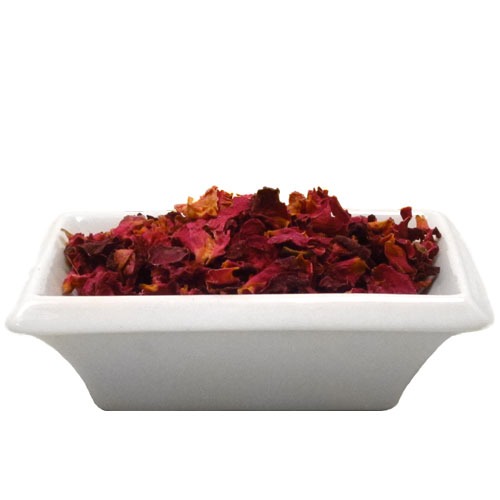
Red Rose PetalsBotanical name: (Rosa sericea,)Also Known As: Queen of flowersThe rose comes originally from Iran and has been cultivated there since antiquity. In Rome, the rose was much used in festivities, and the petals were consumed as food. Rosewater was prepared by the Arab physician Avicenna (AD 980—1037). During the Middle Ages and the Renaissance, the rose was esteemed as a remedy for depression.Rose is not currently used in herbal medicine, in the west but it is probably time for...
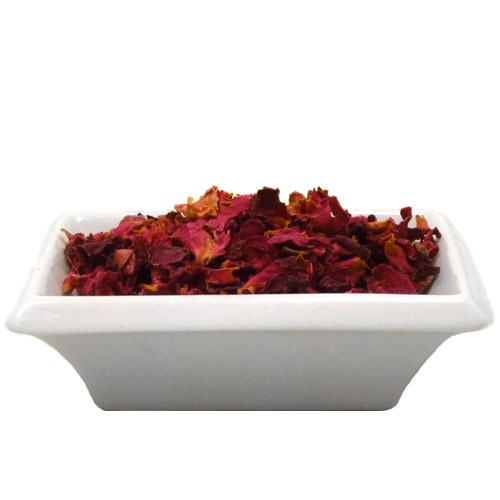
Red Rose PetalsBotanical name: (Rosa sericea,)Also Known As: Queen of flowersThe rose comes originally from Iran and has been cultivated there since antiquity. In Rome, the rose was much used in festivities, and the petals were consumed as food. Rosewater was prepared by the Arab physician Avicenna (AD 980—1037). During the Middle Ages and the Renaissance, the rose was esteemed as a remedy for depression.Rose is not currently used in herbal medicine, in the west but it is probably time for...

RosehipsBotanical name: (Rosa moyesii)Also Known As: Rose hawBecause of their relatively high content of vitamin C, the bright scarlet to deep red, ovoid or pear—shaped fruits or hips of several species of roses always occupy a significant place in discussions of natural medicines.Rose hips have a tangy, yet sweet, flavor and can be used fresh, dried, or preserved. The simplest use is to steep them for tea. Rose hip syrup, puree, jam, jelly, and sauce can be used as is or as a flavoring in...

RosehipsBotanical name: (Rosa moyesii)Also Known As: Rose hawBecause of their relatively high content of vitamin C, the bright scarlet to deep red, ovoid or pear—shaped fruits or hips of several species of roses always occupy a significant place in discussions of natural medicines.Rose hips have a tangy, yet sweet, flavor and can be used fresh, dried, or preserved. The simplest use is to steep them for tea. Rose hip syrup, puree, jam, jelly, and sauce can be used as is or as a flavoring in...

Rosehips f/cBotanical name: (Rosa moyesii)Also Known As: Rose hawBecause of their relatively high content of vitamin C, the bright scarlet to deep red, ovoid or pear—shaped fruits or hips of several species of roses always occupy a significant place in discussions of natural medicines.Rose hips have a tangy, yet sweet, flavor and can be used fresh, dried, or preserved. The simplest use is to steep them for tea. Rose hip syrup, puree, jam, jelly, and sauce can be used as is or as a flavorin...
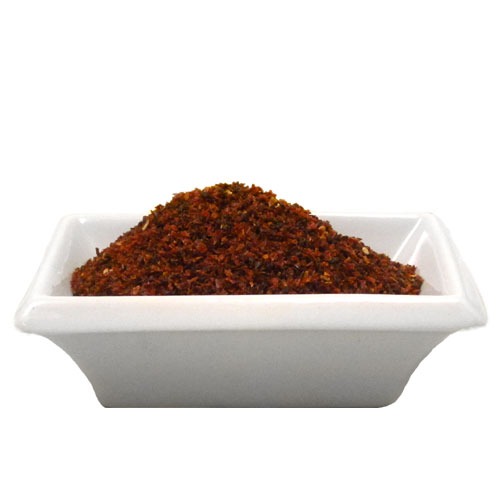
Rosehips f/cBotanical name: (Rosa moyesii)Also Known As: Rose hawBecause of their relatively high content of vitamin C, the bright scarlet to deep red, ovoid or pear—shaped fruits or hips of several species of roses always occupy a significant place in discussions of natural medicines.Rose hips have a tangy, yet sweet, flavor and can be used fresh, dried, or preserved. The simplest use is to steep them for tea. Rose hip syrup, puree, jam, jelly, and sauce can be used as is or as a flavorin...
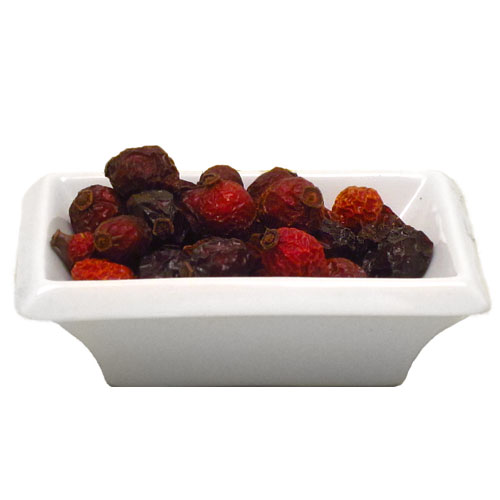
RosehipsBotanical name: (Rosa moyesii)Also Known As: Rose hawBecause of their relatively high content of vitamin C, the bright scarlet to deep red, ovoid or pear—shaped fruits or hips of several species of roses always occupy a significant place in discussions of natural medicines.Rose hips have a tangy, yet sweet, flavor and can be used fresh, dried, or preserved. The simplest use is to steep them for tea. Rose hip syrup, puree, jam, jelly, and sauce can be used as is or as a flavoring in...

RosehipsBotanical name: (Rosa moyesii)Also Known As: Rose hawBecause of their relatively high content of vitamin C, the bright scarlet to deep red, ovoid or pear—shaped fruits or hips of several species of roses always occupy a significant place in discussions of natural medicines.Rose hips have a tangy, yet sweet, flavor and can be used fresh, dried, or preserved. The simplest use is to steep them for tea. Rose hip syrup, puree, jam, jelly, and sauce can be used as is or as a flavoring in...
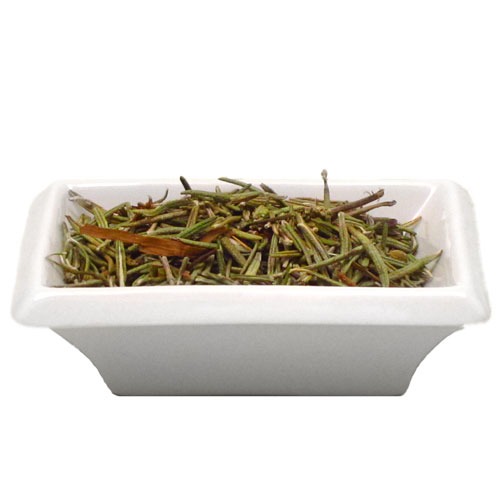
RosemaryBotanical name: (Rosmarinus officinalis)Also Known As: AnthosRosemary is native to the Mediterranean region. Rosemary is a well—known and greatly valued herb that is native to southern Europe. The fresh and dried leaves are used frequently in traditional Mediterranean cuisine; they have a bitter, astringent taste and are highly aromatic, which complements a wide variety of foods.A tisane can also be made from them. When burned they give off a distinct mustard smell, as well as a sm...
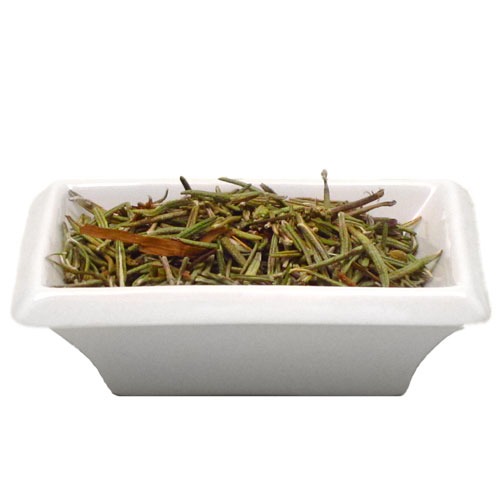
RosemaryBotanical name: (Rosmarinus officinalis)Also Known As: AnthosRosemary is native to the Mediterranean region. Rosemary is a well—known and greatly valued herb that is native to southern Europe. The fresh and dried leaves are used frequently in traditional Mediterranean cuisine; they have a bitter, astringent taste and are highly aromatic, which complements a wide variety of foods.A tisane can also be made from them. When burned they give off a distinct mustard smell, as well as a sm...

SageBotanical name: (Salvia sclarea)Also Known As: Clary sage, clary, Clary sage has been perceived both as a weaker version of its close relative, sage and as a significant herb in its own right. Since the seeds were once commonly used to treat eye problems, it was also known as "clear eye". An antispasmodic and aromatic plant, clary sage is used today mainly to treat digestive problems such as wind and indigestion. It is also regarded as a tonic, calming herb that helps relieve period pain and...

SageBotanical name: (Salvia sclarea)Also Known As: Clary sage, clary, Clary sage has been perceived both as a weaker version of its close relative, sage and as a significant herb in its own right. Since the seeds were once commonly used to treat eye problems, it was also known as "clear eye". An antispasmodic and aromatic plant, clary sage is used today mainly to treat digestive problems such as wind and indigestion. It is also regarded as a tonic, calming herb that helps relieve period pain and...